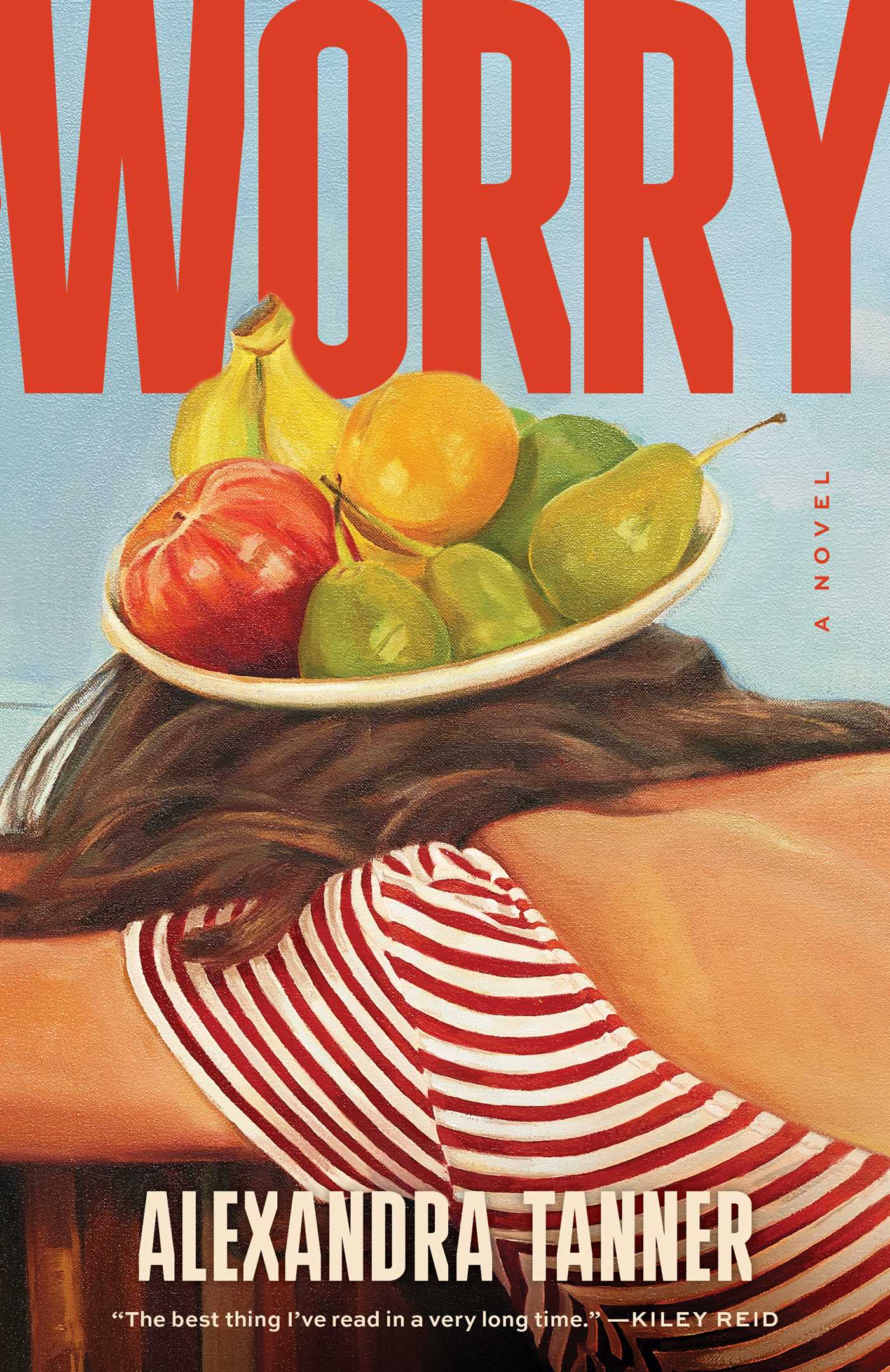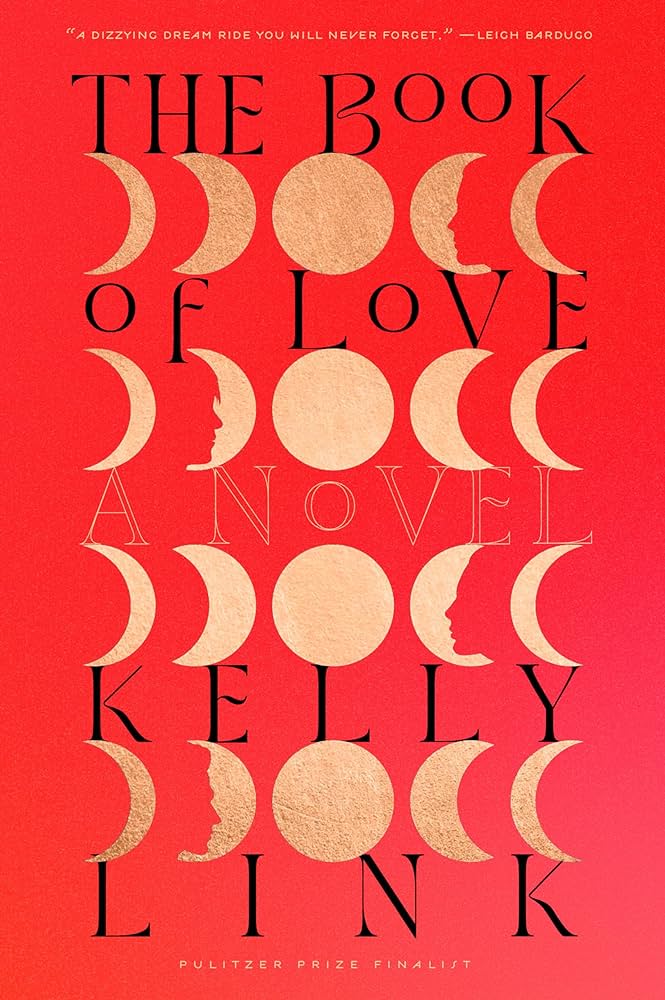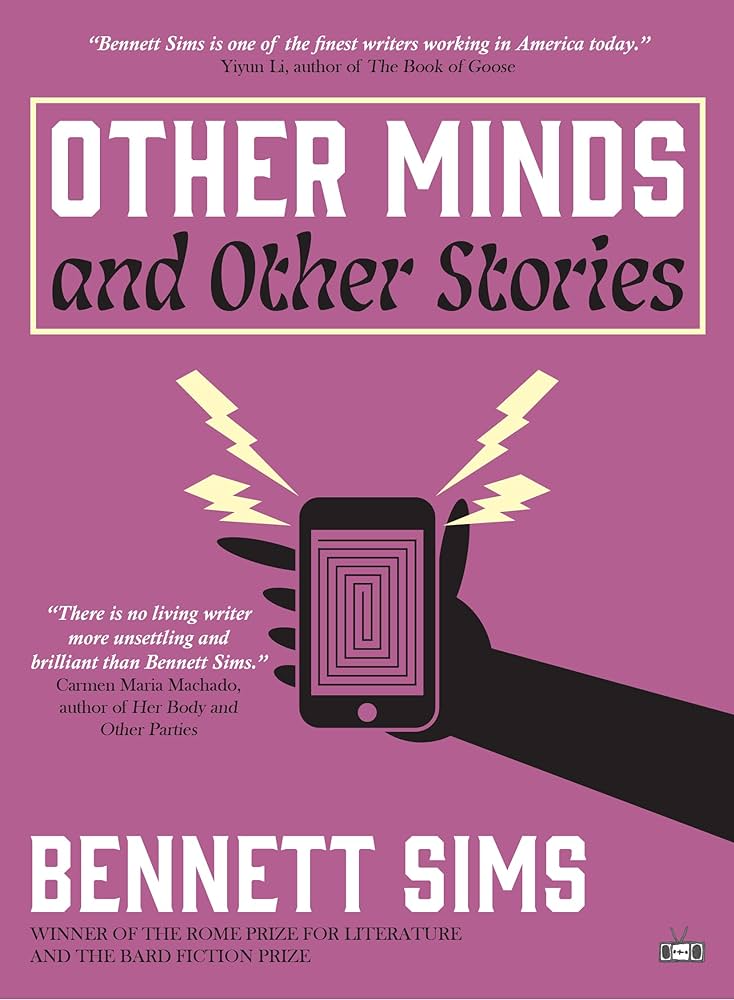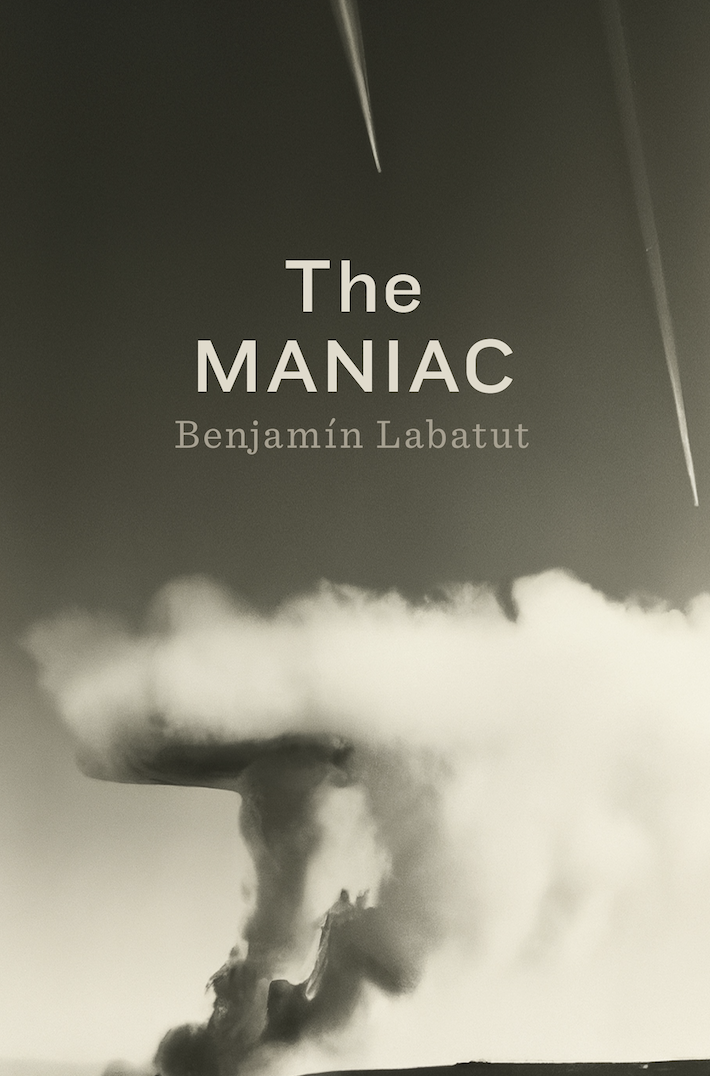 Over the course of more than a dozen works of nonfiction, Rebecca Solnit has built a singular vehicle that traverses the poetics of place, and by “place” we mean everything. She writes, with cerebral ferocity, about photography, human culture, literature, walking and wandering, politics, environment. In her latest, The Faraway Nearby, she writes about herself: that is to say, about the stories that comprise autobiography (the notion in general and hers specifically), literature, myth, fairytale, and the act of writing. By which we mean, again, everything.
Over the course of more than a dozen works of nonfiction, Rebecca Solnit has built a singular vehicle that traverses the poetics of place, and by “place” we mean everything. She writes, with cerebral ferocity, about photography, human culture, literature, walking and wandering, politics, environment. In her latest, The Faraway Nearby, she writes about herself: that is to say, about the stories that comprise autobiography (the notion in general and hers specifically), literature, myth, fairytale, and the act of writing. By which we mean, again, everything.
“People disappear into their stories all the time,” she writes, inviting us to disappear into hers. We gladly do, since every careful sentence, every judicious image comprising chapters that take the reader forward and back into the nature of storytelling, is plenty alluring. It is her contention that making stories — something we are, anyway, helpless not to do — is an act both of creation and deception, of the self and of others (“I am, we each are, the inmost of an endless series of Russian dolls; you who read are now encased within a layer I built for you, or perhaps my stories are now inside you”; “We think we tell stories, but stories often tell us, tell us to love or to hate, to see or to be blind”).
Solnit deploys several themes she manages, with a pickpocket’s skill, to remove from one place and insert into another: a visit to Iceland, her mother’s decline into the losses (and gains) of dementia, her own cancer surgery, and narcissism as personality disorder as well as literary construct, among others. Along the way, her erudition acts as a seine net wide enough to catch at once Frankenstein, Road Runner cartoons, Che Guevara, the Duino Elegies, Dutch vanitas paintings, and arctic terns. Improbably they all come together just so, and it’s a tour de force of logic and writing (done well, the latter is impossible without the former).
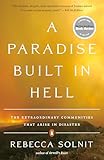
 In the award-winning River of Shadows, Solnit’s project was to show how photographer Eadweard Muybridge, by inventing moving pictures, invented modern culture through giving rise to the California of Hollywood and Silicon Valley (near her home, another frequent subject) that has become our imaginative center; in the canny A Paradise Built in Hell, it was to explore the flip side of mass psychology and posit the contrary notion that it is in severe crisis that humans experience the bliss of ideal society, helpful and compassionate. Of course, this is the high-concept sell: they are no more “about” their ostensible subjects than a Cézanne still-life is about fruit. To truly describe her work, nonfiction in name only, it would be necessary to reproduce it in its seamless entirety; it is prose poetry, and cultural criticism, and polemic, and…just itself, sui generis. Her latest? Even more so.
In the award-winning River of Shadows, Solnit’s project was to show how photographer Eadweard Muybridge, by inventing moving pictures, invented modern culture through giving rise to the California of Hollywood and Silicon Valley (near her home, another frequent subject) that has become our imaginative center; in the canny A Paradise Built in Hell, it was to explore the flip side of mass psychology and posit the contrary notion that it is in severe crisis that humans experience the bliss of ideal society, helpful and compassionate. Of course, this is the high-concept sell: they are no more “about” their ostensible subjects than a Cézanne still-life is about fruit. To truly describe her work, nonfiction in name only, it would be necessary to reproduce it in its seamless entirety; it is prose poetry, and cultural criticism, and polemic, and…just itself, sui generis. Her latest? Even more so.
The title is taken from the correspondence of the painter Georgia O’Keeffe who, after she had moved from New York to New Mexico, signed off “from the faraway nearby.” It summarizes Solnit’s primary thesis on the role of storytelling in our lives: that it displays an interplay of advance and retreat simultaneously bringing us close to a narrative’s meaning and distancing us from it. (And so a frequent theme of all her work, geography, here becomes metaphoric.) The whole book is an intricate working model of the idea. The progression of Alzheimer’s, which afflicts her mother and is a story that begins and ends the book and enfolds all that comes between, also causes a return to childhood; “time runs backward,” just as it does in varying accounts of “the mother who eats her children,” an Inuit woman who reputedly cannibalized her family during a weather-induced famine. (By association, Solnit also implicates her own mother, the selfishly bereft type “who gave herself away to everyone or someone and tried to get herself back from a daughter.”) The book itself is structured so that it goes forward, meets a mirror, whereupon it runs backward: the table of contents forms a chiastic concrete poem, Apricots, Mirrors, Ice, Flight, Breath, Wound, Knot, Unwound, Breath, Flight, Ice, Mirrors, Apricots.
A common theme of late in literary theory is the unreliable narrator. You’d think one of our foremost cultural critics, in a book about making stories, would be driven to have the last word in that debate. And so she does, firmly, but only by not mentioning it. Her model of the story is one of lineage, of begetting and begat, of dialectic. By writing, “You can have an intimacy with the faraway and distance from the near at hand.” Underneath every story there is another one, and another below that, descending into the infinite basement of the past which is attained, temporally, by ascending into the future. Then she makes this assertion literal: beneath the stories on every page runs a single italicized line from yet another, and we can choose how to read them, continuously, like a subterranean stream, or as poem fragments intercepting the whole. (The one on page 6, by accident or even more incredibly by design, appears to give the reading instructions: “…like a ballad of one line or a history compressed down to its barest essentials…”)
The tale of Scheherazade, naturally, recurs in this symphony of recurrences. It distills the idea that telling stories keeps us alive. Solnit makes clear that it has saved her, again and again. In reading her story, we forestall the death of its ending, though “there is always more to tell; one thread is tangled up with all the others; even when it stops, other threads carry the story onward, beyond the horizon.”
The Faraway Nearby is a work of literary origami, amazing in its construction. Perfect, even. If pricked, though, I suspect it would bleed ice water, that which surrounded her in the art installation in which she took her Icelandic residency: it was called the Library of Water.
Like I said, perfect.




